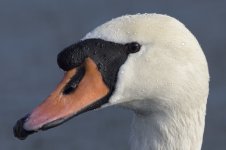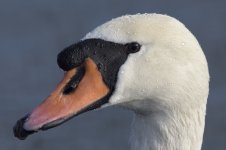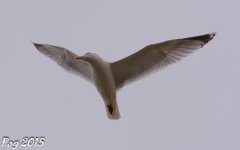Thank you for having a look at this for me i appreciate it and feel welcomed by all on this site, i have been a long-ish time lurker and read all the DX forums but then decided to join and now i am glad i have, anyway -
Do you think it would help to up the shutter speed to 1250-1500 esp as i crop a fair bit? and is it logical that the reason i did not have these troubles with either my D200 or D90 with my 55-300ED VR was down to the resolution difference of 8/12 compared to 24 or 16 if i use the crop mode in the D7100>
I had read that the higher resolution of these high power sensors puts a lot of stress on the lens and the users ability to get the best out of them, and that our technique needs to improve compared to the lower older sensors like my D90/D200.
Does any of that make sense?
Also sometimes i used to get better focus with grab shots where i fired as soon as a plane was in the frame roughly where i wanted it without me following or panning?
P.
Faster shutter speed would help eliminate any possible shake and help some with the planes motion. Good panning technique is essential because the pan speed reduces the need for shutter speed. If you are panning from straight ahead by raising both elbows, I can't imagine that would be always smooth.
Given the same conditions more pixels will be blurred on the D7100 than the D90200 (just did that for fun), but the same area would be blurred on the D90200. You would just be losing detail on the D7100 that you never had on the D90200. In other words, it's a pretty darn small detail that you would be losing, but it does exist.
Kinda sorta makes sense that you would need better technique to achieve finer detail for a given camera and if the camera suddenly improved its detail capturing ability (swapped the D90200 for the D7100), your technique could be lacking.
Grabs shots are luck of the draw with perhaps the advantage of not thinking too long.



